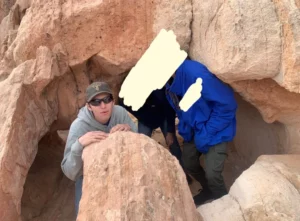Coronavirus: Is India prepared for an outbreak?

Is the world’s second most populous country prepared for an outbreak of coronavirus?
India says it was among the first countries in the world to prepare for an outbreak of the respiratory disease, which has already killed more than 3,000 people and spread to 60 countries. Health Minister Harsh Vardhan says India began screening people at airports from 17 January onwards, six days after Chinese state media reported the first known death from an illness caused by the virus and a good two weeks before the World Health Organization (WHO) declared it a global health emergency.
As of 6 March, India has reported 31 cases, the majority of them in the past few days. They include 16 Italian tourists. There’s growing anxiety. Schools have begin sending out advisories, a few offices have shut temporarily after employees tested positive for Covid-19.
By Tuesday, more than 600,000 people had been tested for the virus at the country’s 21 airports and 77 seaports, according to Mr Vardhan. More than 27,000 people living in five states near the border with neighbouring Nepal have been put under surveillance and a million people tested in the area, he said. And India is setting up a screening lab in Iran to test returnees.
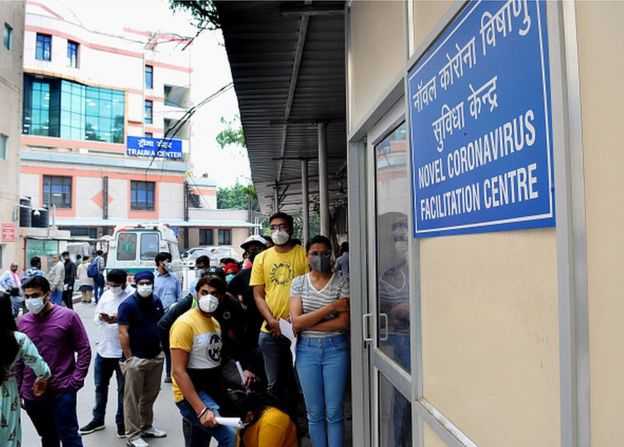 Image copyrightGETTY IMAGES
Image copyrightGETTY IMAGESThe minister claims health workers are being trained for a potential outbreak, and isolation wards are being set up in state-run hospitals. By the end of the week, 34 labs across India will be testing for the virus, up from 15 so far. India has also stopped exports of N95 masks to make sure there are enough supplies at home.
“India is thoroughly prepared to handle any situation that could emerge. We are alert, meticulous and conscious,” says Mr Vardhan.
All this sounds impressive, but may still be not enough to prevent an outbreak.
For one, the real extent of the spread of the infection may not be clear, despite the screening at air and sea ports. The incubation period – between infection and showing any symptoms – lasts up to 14 days. Some researchers say it may even be up to 24 days.
That means many people who test negative at air and seaports may be carrying the infection into India’s teeming cities and villages. “Airport entry screening is good and should be continued, but that’s not going to be sufficient now. We have to put in place other surveillance mechanisms through systems India already has,” Soumya Swaminathan, chief scientist at the WHO, says.
Despite a creaky and uneven public healthcare system, India has a formidable record in a defeating polio and facing up to a swine flu pandemic in 2009 and handling a more recent outbreak of the deadly Nipah virus. The National Polio Surveillance Project (NPSP), a collaboration between the government and the WHO, is well-known for community surveillance and contact testing, both of which are needed for effectively containing the spread of coronavirus. (Authorities say health workers contacted nearly 450 people who had been in touch with five Indians who tested positive in three states.)
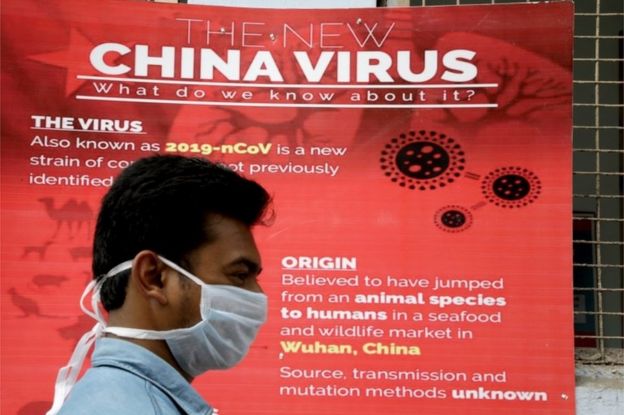 Image copyrightEPA
Image copyrightEPAIndia also has an influenza surveillance programme – four types of flu viruses, including H1N1, are prevalent here – involving a clutch of medical colleges that screen people for the flu, which usually thrives in winter, but also attacks during India’s summers and monsoons.
This influenza programme, say virologists, can be used now to test negative samples for coronavirus to find out whether it is circulating in the community. “We have done this before and we can do it again. We can do quick diagnostics. It’s doable, and most of the Covid-19 infections are mild,” says Lalit Kant, a Delhi-based communicable diseases expert.
Other challenges
In the event of a major outbreak, India will face other challenges. The quality of its public health system is vastly uneven. Existing hospitals can be easily overwhelmed by a sudden spike in admissions. It is not clear whether there are ample supplies of masks, gloves, gowns, drugs and ventilators. Virologist Jacob John says India will struggle to handle an outbreak.
“We have not yet established a 21st century health management system in the country, so we have the face the consequences of that gap,” he told Scroll.in.
Also it would be near impossible for India to force its citizens into mass quarantine and hospitalise people in numbers like China. Virologists instead talk about a ‘Indian solution’ wherein prompt detection and effective triage ensure that milder infections are taken care of at home, and hospital admissions are reserved strictly for critical patients. Also recommended are emergency operations centres at the federal and state levels with special focus on states with weaker health systems.
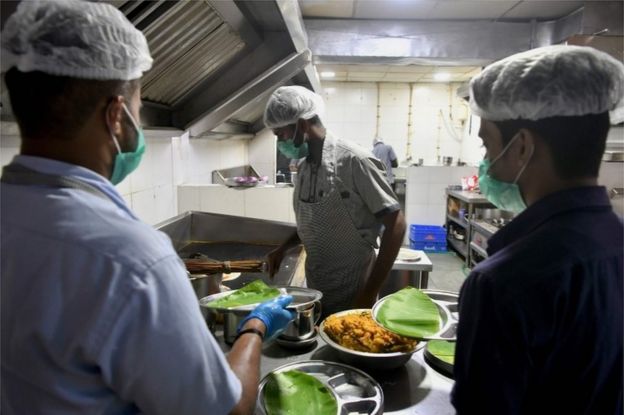 Image copyrightAFP
Image copyrightAFPThere are also concerns about the country’s scanty healthcare data: India has a shoddy record in even recording deaths and disease – only 77% of deaths are registered, and doctors are more likely to get the cause of death wrong than right, according to a study the Toronto-based Centre for Global Research. There’s patchy data for flu-related deaths.
Myths and misconceptions
Rumours, myths and misconceptions spread through social media could also hurt an effective response to the infection.
One viral rumour on WhatsApp, the messaging app owned by Facebook, suggests garlic, ginger, Vitamin C and lemon can protect people against the virus, says Sumaiya Sheikh, editor of fact checking site Alt News Science. “This is the most viral WhatsApp forward because it’s not complex and [because it advocates] easily available at-home treatment methods. Such rumours also reinforce the ‘big pharma hoax’ – that pharmaceuticals do not encourage the people to treat themselves with easily available and natural remedies,” says Dr Sheikh. To make matters worse, a government department actually released advisories recommending a homeopathy drug, and local indigenous “medicine” for prevention and management of the infection.
Messages recommending yoga, inhaling cannabis and consuming cow urine and dung for prevention have also been circulating wildly. Mr Vardhan says people should not pay heed to such reports, and people should follow simply simple precautions – wash hands, maintain hygiene, and report for tests if symptoms are showing up.
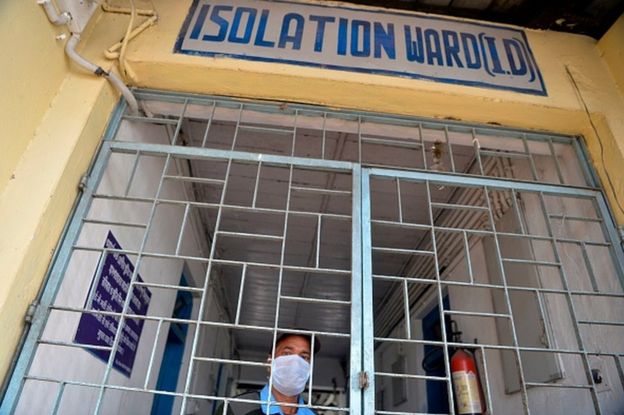 Image copyrightAFP
Image copyrightAFPIn the end, India needs to strategise nimbly and communicate openly and transparently to prevent the spread of infection – 24-hour hotlines, for example, where people can get more information about the situation.
“What is needed is an agile and evidence based graded response, adapting to the changing epidemiology of the disease. Being a vast country, actions and decisions will need to be decentralised, but well coordinated,” says Dr Swaminathan.
There’s no reason to panic yet, as the health minister says. But India needs to be very vigilant and open about the spread and containment of the infection.
Follow Soutik Biswas on Twitter.
![]()





